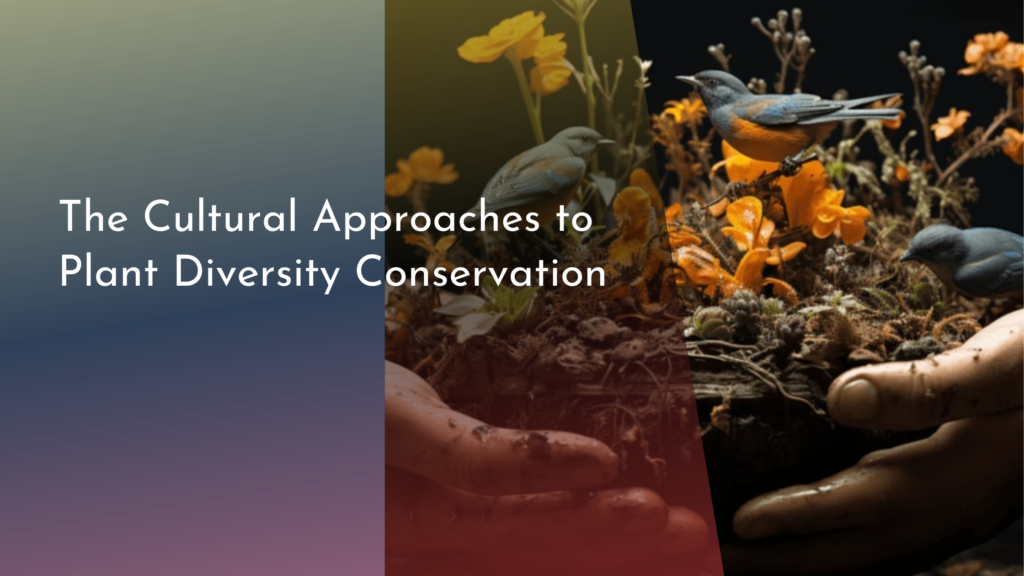Best Practices for Conducting Permaculture Research
Permaculture, a holistic approach to agriculture and land management, emphasizes working with nature rather than against it. As the world increasingly turns to sustainable practices, conducting research in permaculture becomes essential for fostering innovation and sharing effective techniques. This article outlines best practices for conducting permaculture research, providing insights on how to build a strong foundation, employ effective data collection methods, collaborate with the community, and share findings to inspire meaningful change.
Understanding Permaculture: A Foundation for Research Success
Before embarking on research in permaculture, it’s crucial to understand its core principles and ethics. Permaculture emerged from a desire to create systems that mimic natural ecosystems, focusing on sustainability, biodiversity, and resilience. Familiarizing yourself with concepts such as zonation, integration of plants and animals, and soil health will enhance your research quality. This foundational knowledge will guide your objectives and methodologies, allowing you to frame your research questions effectively and create meaningful connections between theory and practice.
Additionally, recognizing the historical context of permaculture can enrich your research. Considering the contributions of indigenous agricultural practices and modern permaculturists will provide a well-rounded perspective, fostering respect for diverse knowledge systems. By grounding your research in a solid understanding of permaculture principles, you position yourself to make significant contributions that can inspire others in the field, ensuring your findings resonate with practitioners and researchers alike.
Effective Methods for Gathering Data in Permaculture Studies
Permaculture research often requires a combination of qualitative and quantitative data collection methods. Field observations, case studies, and participatory action research can offer valuable insights into the complex interactions within permaculture systems. These approaches enable researchers to uncover patterns, assess the effectiveness of different practices, and understand the unique contexts of various permaculture projects. Utilizing a combination of methods enriches your data and provides a comprehensive view of the systems being studied.
Moreover, the use of technology can greatly enhance data collection efforts. Remote sensing tools, soil sensors, and mobile applications allow researchers to gather real-time data, facilitating the analysis of environmental parameters. Digital platforms can also streamline data organization and sharing, enabling collaborative analysis among researchers. By adopting a multi-faceted approach to data collection, researchers can ensure their findings are robust, actionable, and relevant to practitioners who are eager to integrate new knowledge into their own permaculture practices.
Collaborating with the Community: Engaging Stakeholders
Community involvement is vital in permaculture research, as it fosters a sense of ownership and shared purpose. Engaging local stakeholders—such as farmers, gardeners, and indigenous knowledge holders—ensures that the research is relevant and grounded in real-world challenges. Initiating dialogue and building relationships with these groups not only enriches your research but also empowers community members to contribute their wisdom and experiences. This collaborative spirit often leads to the co-creation of solutions that are culturally appropriate and sustainable.
Furthermore, involving the community in your research can enhance the effectiveness of data collection. Local stakeholders can provide insights that researchers may overlook, contributing valuable contextual knowledge and helping to identify pressing issues. By creating partnerships with community members, researchers can establish trust and facilitate a two-way exchange of knowledge. Ultimately, this collaboration can lead to innovations that are rooted in local ecosystems and traditions, promoting the resilience of both the community and the environment.
Sharing Your Findings: Inspiring Change through Research
Once you have gathered and analyzed your data, sharing your findings is crucial for inspiring change within the permaculture community and beyond. Consider various platforms to disseminate your research: academic journals, community workshops, social media, and blogs are all effective channels for reaching diverse audiences. Tailoring your communication strategies to different groups ensures that your findings resonate with practitioners, policymakers, and the general public, fostering a broader impact.
Additionally, storytelling can be a powerful tool for sharing research outcomes. Rather than simply presenting data, weaving narratives around your findings can make them more accessible and compelling. By illustrating the real-world implications of your research through case studies and success stories, you can motivate others to adopt permaculture practices and engage in sustainable land management. Ultimately, your efforts in sharing findings can catalyze positive change, encouraging a wider embrace of permaculture principles and practices in diverse communities.
Conducting permaculture research is an enriching journey that fosters collaboration, innovation, and sustainable practices. By understanding the foundational principles of permaculture, employing effective data-gathering methods, engaging with the community, and sharing findings widely, researchers can make a meaningful impact in the field. As we collectively seek solutions to environmental challenges, the role of research becomes increasingly vital. Let’s embrace these best practices and work together to cultivate a sustainable future that honors the principles of permaculture!

